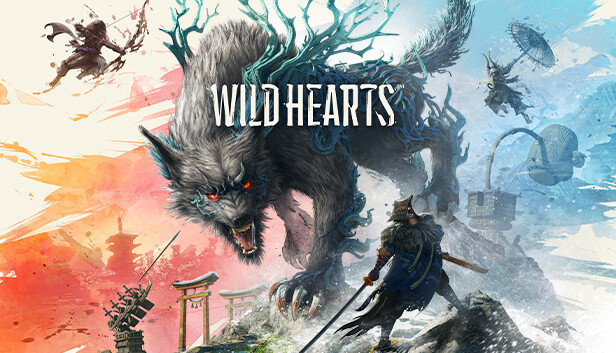For WILD HEARTS players, this guide will show you a simple web tool to help you decide what to eat for your next hunt!
Links
Intro
The food system in Wild Hearts is very in-depth and allows you to add a large amount of skills to your build, however, the system is very hard to use without outside help, because you cannot look up dishes you don’t have in-game, and you need to do some serious comparing to find out which combination of foods will give you the most desired skills for your saturation meter.
This is why I’ve created the web tool above to help you find out about what foods exist, how to acquire them and which foods to eat. You can manually add foods to fill the meter, and it will automatically stop you when reaching 100 saturation and it will tally up the total food skills.
There is also a function to request meals with certain skills, the program will then try to suggest the 10 cheapest options to obtain those skills (first sorted by saturation requirement, then on how far the last ingredient is on the list). You can then click the suggestions to set it as the base for your manual food selection. Keep in mind that the comparison logic can take longer depending on how common a food skill is. Meal suggestion queries containing “Health Boost” will take particularly long.
The rest of this guide will be about my general observations of the food types and processors.
Raw food
Raw food has by far the best item gather to effect ratio and can be used in a pinch to top off your food bar with a smaller effect. However, it lacks the amazing effect per saturation point that more processed foods have.
Raw food has 4 distinct types that mostly share a stat theme.
 Rice:
Rice:
Health skills
 Vegetable:
Vegetable:
Defensive skills
![]() Meat:
Meat:
Attack skills
 Fish:
Fish:
Endurance skills
These foods can be further enhanced by using either the drying or pickling path, or the raw food can be smoked directly for a small boost in stats in exchange for the loss of ingredient specific skills, which also makes the food easier to stack.
Drying Path
 Drying food will preserve and enhance ingredient specific skills, or can mix multiple ingredients of the same food type to give a generic dried food.
Drying food will preserve and enhance ingredient specific skills, or can mix multiple ingredients of the same food type to give a generic dried food.
The disadvantages of drying are that it costs multiple raw ingredients to make one dried (same as with pickling), and the saturation for the food will raise. This combined with the fact that the enhancement can be marginal on some foods means that it can be worse then eating raw.
 The main advantage of drying is that the dried items will retain their ingredient specific skills when smoked, so the food enhancing effect of the smoker can be used with any raw ingredient skill through drying.
The main advantage of drying is that the dried items will retain their ingredient specific skills when smoked, so the food enhancing effect of the smoker can be used with any raw ingredient skill through drying.
Pickling path
 Pickling is the act of combining up to three portions of raw ingredients with a single item of seasoning, providing substantial boosts based on the raw ingredient and seasoning type.
Pickling is the act of combining up to three portions of raw ingredients with a single item of seasoning, providing substantial boosts based on the raw ingredient and seasoning type.
The disadvantages of pickling are that it costs multiple raw ingredients to make one pickled portion (same as with drying), and the specific property of the ingredients will be lost, as the resulting pickled meal will only care about the type of raw ingredient and seasoning, not the specific raw ingredient and seasoning you used.
 Seasoning is a food type that is split between 7 kinds, you can see which kind they are based on the color and bottom right part of the ingredient image.
Seasoning is a food type that is split between 7 kinds, you can see which kind they are based on the color and bottom right part of the ingredient image.
 Seasoning can be eaten raw, but most seasoning will not provide health up and they have a lot of foil skills, so this should only be done if looking to maximize specific skills. Their primary use is to be used to select which of the 7 versions of the pickled ingredient type will be made.
Seasoning can be eaten raw, but most seasoning will not provide health up and they have a lot of foil skills, so this should only be done if looking to maximize specific skills. Their primary use is to be used to select which of the 7 versions of the pickled ingredient type will be made.

 Pickled meals can then be smoked to create very saturation dense meals, assuming that the food skills you want are available as pickled meals.
Pickled meals can then be smoked to create very saturation dense meals, assuming that the food skills you want are available as pickled meals.
Related Posts:
- WILD HEARTS How to Increase Normal and Rare Rewards
- WILD HEARTS How to Turn off Screen Reader
- WILD HEARTS How to Fix Performance Issue
- WILD HEARTS Unofficial Performance Fixes Guide
- WILD HEARTS All Tsukumo on the Harugasumi Way Map
